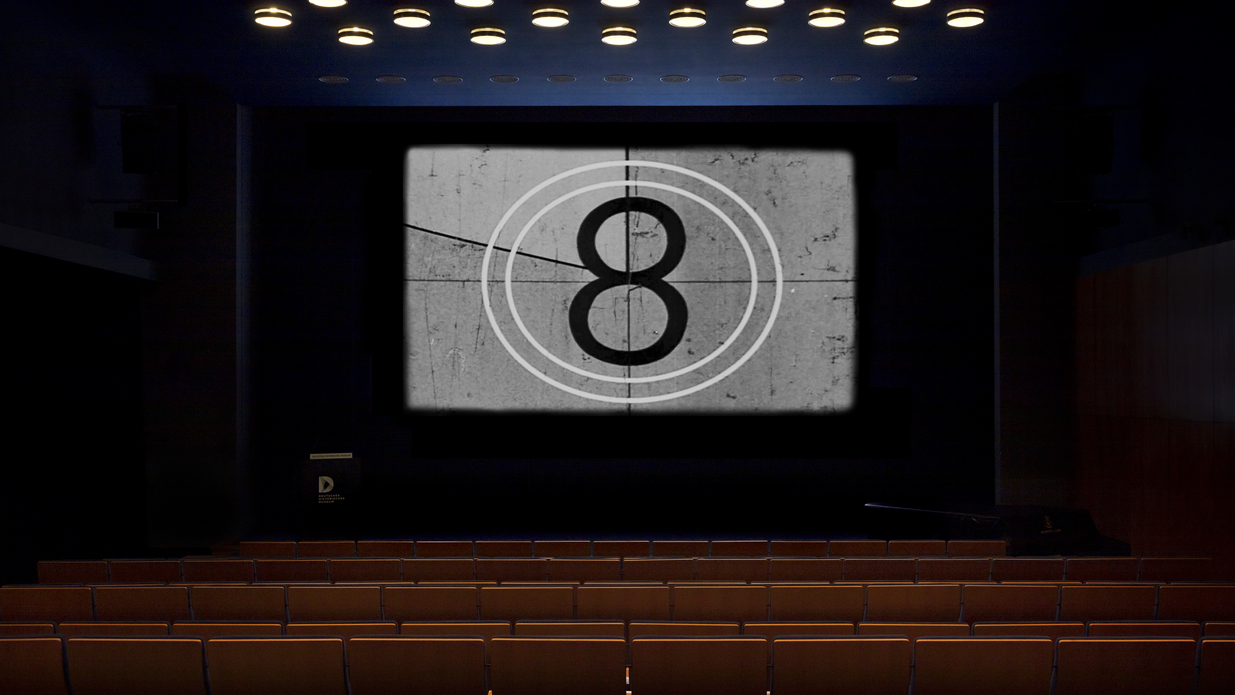Documentary Positions: Gerd Kroske

As one of the last documentarists trained in the GDR, Gerd Kroske occupies a special position in contemporary documentary filmmaking. Since the late 1980s, his extensive, wide-ranging work has been dedicated to German conditions and biographies in transition, violent manifestations of German history and marginalized areas of society.
Kroske shot his first documentary works at a time when the GDR was in the process of disintegration. They are unique documents of their time. The films capture a changing society: demonstrators on the streets of Leipzig and representatives of the authorities who seem overwhelmed. In three films made between 1990 and 2006, Kroske portrays three Leipzig residents who live in precarious conditions and whose fragile biographies he follows in a long-term observation. As street sweepers, they once cleaned the streets of the city; in reunified Germany, they struggle with the social system, are unemployed, ill and isolated. Kroske's special ability to enter into a conversation with these marginalized people is the reason why these three "Kehraus" films are so touching.
However, Kroske's interest is not limited to East Germany. In the 2000s and 2010s, he turned his attention to three Hamburg neighborhood celebrities, who at times enjoyed cult status as boxers, brothel operators or radio producers before they were thrown off the rails. Kroske approaches his interviewees with curiosity and open dialog. His films create spaces that the people in front of the camera know how to use in different ways: as a stage for self-expression, as a place of repression and denial, as a shelter for sober self-reflection.
While social, political and historical contexts already play an important role in Kroske's portrait films, this interest is even more formative for other films. Sometimes Kroske examines the installation of more robust barriers at border crossing points in the GDR in the 1980s to prevent fugitives from leaving the country, sometimes the East German transit routes, whose function is discussed by "experts" - planners, designers, architects, police officers. Kroske also dedicates his own observation of the state of time to an old oak tree left between the highway lanes, which, felled and removed, is transformed into a sculpture by an artist. Precautions, modes of operation and structures of power thus become recurring themes in Kroske's films. They ask about the big picture of social coexistence, past and present, in East and West and Germany as a whole.